Story of Samsung: How a Grocery Trading Company Became a Conglomerate Brand

Story of Samsung: How a Grocery Trading Company Became a Conglomerate Brand
Amid World War 2, as countries fought for their alliances, the Empire of Japan (today’s South Korea) saw the emergence of a modest trading company named Samsung Sanghoe. Samsung began as a company selling food, fish, and noodles before branching into different industries. The corporation is currently the most well-known and prosperous conglomerate brand worldwide. Samsung’s consistent growth and expansion initiatives have helped the firm rank eighth in terms of global brand value. One of its companies, Samsung Electronics, came in at number 15 on the 2021 Fortune Global 500 list.
It’s inspiring to learn about Samsung’s beginnings, its introduction into the conglomerate sector, the difficulties it endured throughout the two world wars, and the success it nonetheless managed to achieve.
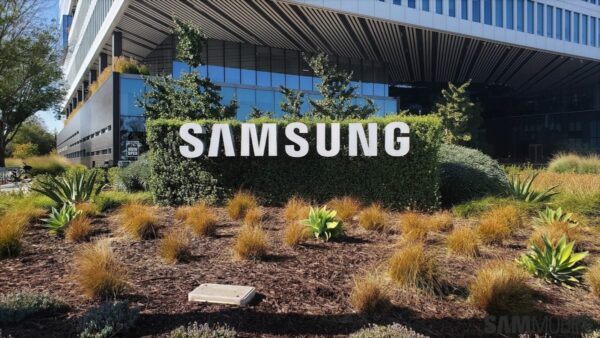
About Samsung
Seoul, South Korea, is home to the international corporate firm Samsung. Lee Byung-Chul established the business in 1938. It was initially founded as a trading company. The corporation currently runs many companies through its subsidiaries, including shipbuilding, telecommunication, healthcare services, hotel, clothing, construction, entertainment, etc.
Samsung is highly renowned for its electronics and home appliances in all its industries. This division, which is under the direction of Samsung Electronics Co. Ltd., is responsible for producing the brand’s mobile devices. One of the most valuable brands in the world. More than 15% of South Korea’s GDP comes from the Samsung Group.
Industry
Samsung is a member of the conglomerate sector, which is a term for a business with multiple industries. In other terms, a conglomerate business manages a variety of independent firms. These businesses are enormous and global.
The country with the most conglomerates in the United States, followed by India. Regarding market value, US and European businesses typically rank at the top of the list of “World’s Largest Conglomerates.” However, the study demonstrates that Asian companies have grown recently. According to Statista, Reliance Industries had a market value of $164.9 billion as of April 2021, making it the second-largest conglomerate in the world.
Founders and Team
The following are the founders and key people of Samsung Group:
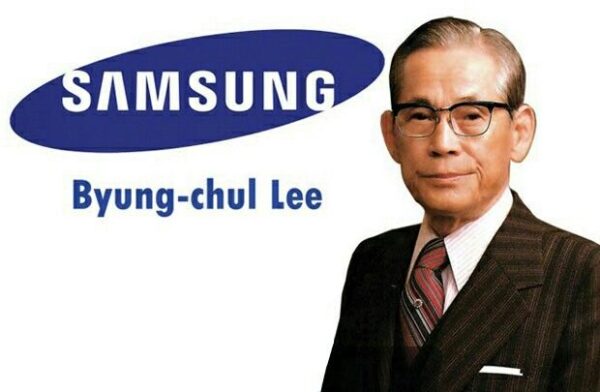
Lee Byung-Chul
The founding father of the company is Lee Byung-Chul. On February 12, 1910, he was born in Uiryeong, South Korea. Being from a wealthy family, Byung-Chul is regarded as one of South Korea’s most successful businesspeople. He founded Samsung in 1938 and efficiently ran it, making it the biggest commercial conglomerate in the nation. At 77, Lee Byung-Chul passed away on November 19, 1987.
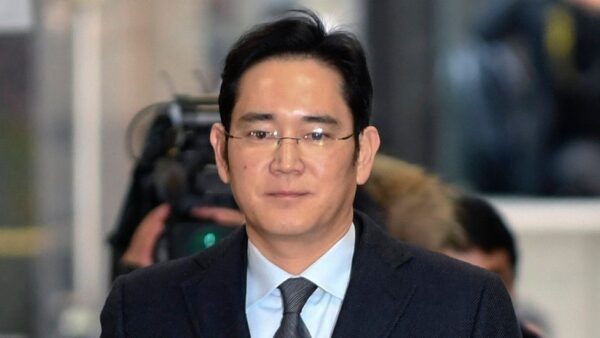
Lee Jae-Yong
Byung-grandson, Chul’s Lee Jae-Yong, serves as vice chairman of Samsung Electronics at the moment. In 2020, he succeeded his father, Lee Kun-hee. In the past, Jae-Yong held the positions of Chief Customer Officer and Chief Operating Officer for the business. He is thought to be South Korea’s fourth-richest citizen. Lee Jae-Yong was accused of corruption, found guilty, and placed under arrest. He was later freed in 2021.Jong-Hee Han
From 2022, Jong-Hee Han will serve as Samsung’s new CEO and vice chairman. In the past, he had many executive positions with the business. According to the business, Jong-Hee will oversee Samsung’s new SET division, which will control TVs, electronics, and mobile devices.
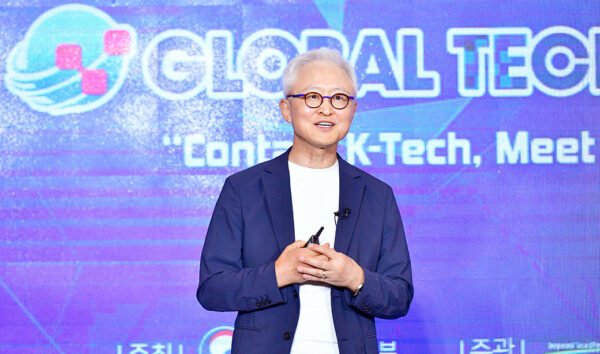
Kye-Hyu Kyung
The president and another CEO of Samsung is Kye-Hyu Kyung. He reportedly oversees the organisation’s Device Solutions section. Between 2020 and 2021, Dr Kyung served as the CEO of Samsung Electro-Mechanics. He spent 30 years working for Samsung and is regarded as a leading expert in semiconductor design.
Startup Story
When Samsung was founded in 1938, it wasn’t intended to become a conglomerate or a market leader in electronics. It began as a modest trading business that dealt with food. Lee Byung-Chul bought noodles and other products and exported them to China. At that time, the company went by the name “Samsung Sanghoe” and operated with about 40 personnel. One of the biggest conglomerates in the world has its beginnings here.
Mission and Vision
The aim of Samsung is “to commit its skill and technology to develop world-class goods and services that improve society at large.” According to the business, only the best goods and services were provided to clients. It is committed to achieving that quality by using its human and technological resources best. All Samsung employees worldwide adhere to strict ethical standards and a code of conduct. The company’s vision is based on the idea that innovation and intelligence, combined with moral principles, produce successful businesses.

Name and Logo
Samsung derives from the Korean word Hancha, which means “Three Stars.” According to the founder Lee Byung-Chul, the term refers to something large, powerful, and numerous that endures forever.
The Samsung logo that is currently in use was modified and enhanced from its earlier versions in 2005. It was meticulously examined and redone in accordance with how human eyes would view them. Everything was considered, including the colour, design, letter spacing, height, and letter sharpness. The company wants to have a logo that unifies people’s visual perceptions. Since Samsung’s founding, the logo has undergone six changes.
Business and Revenue Model
Samsung is a conglomerate company that engages in a variety of commercial activities. Like any other company, Samsung sells its goods and services online and through conventional channels. The company’s business sectors are electronics, home appliances, advertising, shipbuilding, engineering, construction, life insurance, biopharmaceuticals, and healthcare.
The majority of Samsung’s income comes from its electronics and semiconductor operations. The primary drivers of the company’s growth are its product quality and cost structure. The largest revenue producer in 2021 was Samsung’s Semiconductor division, followed by the smartphone and display panel divisions.
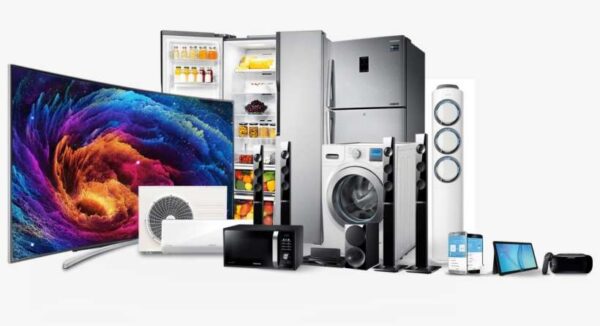
Funding
Since Samsung has been in business for 84 years, most of its ventures have been financed by the leading firm or its subsidiaries. But in 2017, Samsung Electronics was given two rounds of funding. On May 29, 2017, the firm completed its first round of investment, raising $447.5 million from the Samsung Electronics Supplier Financing Fund.
The second round of the Samsung Automotive Innovation Fund, which raised $300 million, took place in September 2017.
Acquisitions and Investments
Over the years, Samsung Group has undertaken several investments and acquisitions. Samsung’s subsidiaries, which are responsible for managing the entirety of the business, are the ones that made these investments. While Samsung Ventures has invested 256 times in startups, the electronics division has only made 37 investments and 46 acquisitions.
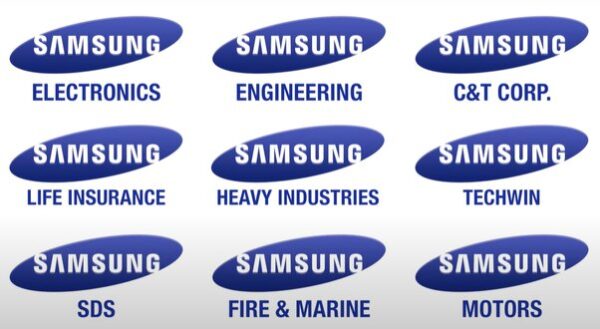
Subsidiaries
Twelve of Samsung’s primary subsidiaries are used to manage the conglomerate’s business operations. The list of those companies is as follows:
Samsung Electronics
It functions as the standard-setter for the whole Samsung Group. This segment includes all consumer electronics and household appliances such as televisions, air conditioners, refrigerators, smartphones, semiconductors, etc. It serves as Samsung’s primary source of income.
Samsung Electro-Mechanics
This business produces mechanical and electronic components for numerous firms. Products from this company include processors, camera modules, and mobile phone parts.
Samsung SDI
Samsung SDI produces energy solutions for various electronic materials, including rechargeable batteries. It started operating in 1970.
Samsung SDS
SDS stands for Samsung Data Systems, a technology outsourcing services and IT solutions provider. It is making a name for itself in recent technical advancements like blockchain and artificial intelligence.
Samsung Engineering
Korea Engineering, founded in 1970, was the last name of Samsung Engineering. It is involved in the planning and operation of power, fertiliser, petrochemical, oil refinery, and chemical plants worldwide.
Samsung C&T Corporation
This is a corporation that has built many well-known structures and civil projects all around the world. Samsung C&T Corporation was responsible for constructing the Mersey Gateway, Petronas Towers, and Burj Khalifa.
Samsung Everland
In December 2013, it became a subsidiary of Samsung C&T Corporation. This business operates in the food, textile, fashion, and hospitality industries. It is active in more than 50 nations.
Cheil Worldwide
Cheil is one of the top-earning advertising agencies in the world and is a part of the Samsung Group. Numerous major corporations, including Coca-Cola, Nestle, Adidas, Microsoft, etc., are among its clients, and it is renowned for its originality.
Samsung Life Insurance
The biggest and most valuable corporation in South Korea is Samsung Life Insurance, a Fortune 500 firm. People can use its services for annuities, health insurance, and life insurance.
Samsung Heavy Industries
Shipbuilding is the primary activity undertaken by Samsung Heavy Industries. Heavy machinery procurement and transportation for various industrial and construction activities are the company’s additional businesses.
Samsung Fire and Marine Insurance
This business engages in the provision of insurance and financial services for commercial and transportation enterprises. It offers several insurances for general insurance, business risk management, and automobiles.
Samsung Biologics
A biopharmaceutical business called Samsung Biologics creates drugs and antibodies to treat various illnesses. This business has an R&D facility in California and has multiple ISO accreditations.
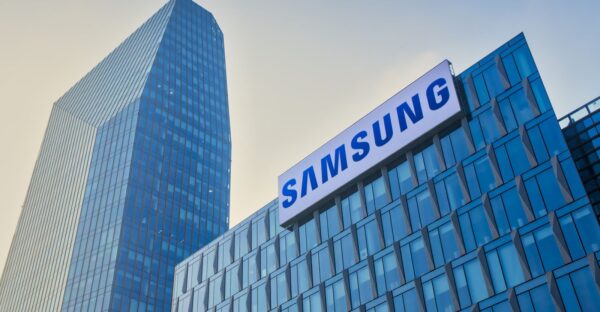
Growth
Samsung worked in the commerce industry for 12 years before the Korean War started in 1950. Byung-Chul decided to develop the firm and concentrate on textiles in 1953, following the war’s conclusion. He started the largest woollen mill in the nation at the time as a result. He grew his firm because of industrialisation and protectionist government policies. By the late 1950s, Samsung had begun acquiring a variety of enterprises.
Over the years, it acquired three significant Korean banks, an insurance firm, a cement and fertiliser manufacturing business, department stores, an oil refinery, and other industries. Samsung didn’t start operating in the electronics sector until 1969.
Today, Samsung Electronics has grown incredibly. In terms of electronics and mobile phones, it is ranked first worldwide. In 1980, the company also made a move into the telecom industry.
After purchasing numerous companies to bundle those operations, Samsung began forming subsidiaries for effective management. Samsung was divided into five groups after the death of its founder Lee Byung-Chul in 1987 as a result of management issues. As each group left with its respective industry, Samsung Group kept behind its electronics company in addition to the construction, security, energy, and insurance businesses.
After its split, the corporation began to concentrate on electronics and semiconductors. With the help of its numerous innovations and product introductions, Samsung could penetrate the global market successfully. In 1999, Samsung entered the aerospace sector and began producing gas turbines and aircraft engines.
Samsung began working on its set-top box technologies before launching its smartphone division in 2007. Samsung Electronics became the world’s largest smartphone manufacturer in 2012, three years after the launch of the first Samsung smartphone in June 2009. The company then set new standards, hitting various smartphone production and sales milestones. In Noida, India, Samsung boasts the biggest mobile manufacturing facility in the world.
Challenges Faced
Samsung was charged with many labour law infractions and instances of underage labour. Several of Samsung’s suppliers were named in this accusation. After looking into the situation, the corporation cut ties with the suppliers who were found to be breaking the law.
Apple brought Samsung before a court of law in 2012 for violating six of its patents. Apple sought $2.5 billion in compensation. In response, Apple was charged with infringing on Samsung’s patents. In the end, it was decided that Apple did not violate any patents and that Samsung was required to pay $1.05 billion in penalties. The decision also denied Apple’s request to prohibit the sale of eight Samsung phone models.
After the passing of Samsung’s founder Lee Byung-Chul in 1987, the company faced significant difficulties. Five groups were formed within the corporation. Despite the challenges, Samsung focused on the growth strategies in the sectors it managed and became a recognised global brand.
Competitors
As a conglomerate, Samsung has many rivals across all of its business sectors. Here are some of its main competitors:
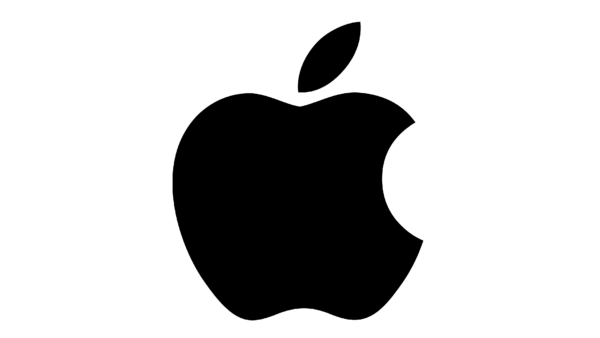
Apple
As we all know, Apple is a well-known company that produces consumer gadgets, including laptops, tablets, and smartphones. Even though Apple and Samsung have directly clashed, their products are fiercely competitive.
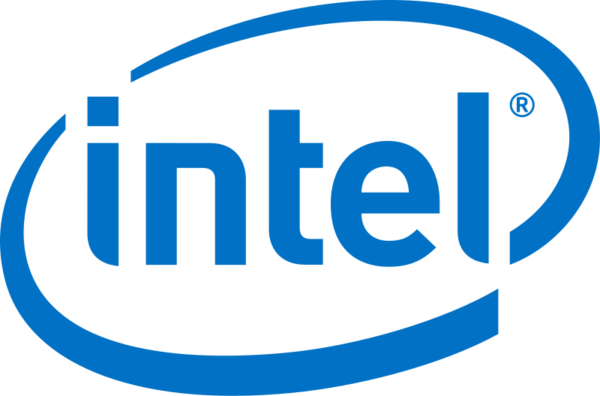
Intel
An American company, Intel, produces and provides microprocessors and chips to many well-known businesses. It was previously the world’s biggest manufacturer of semiconductor chips, but Samsung overtook it in the first quarter of 2022.
LG Electronics
Like Samsung, LG Corporation is a South Korean global conglomerate. Popular LG products include TVs, computers, auto parts, and other home appliances. The second-largest producer of TVs in the world is this business. Samsung still holds the top spot.
Future Plans
Samsung’s new vision for constructing a sustainable future was unveiled in 2022 under the slogan “Together for Tomorrow.” Samsung hopes to develop technologies with this endeavour that has minimal or no environmental impact. Additionally, the proper disposal of materials after use would receive more focus. Additionally, the corporation wants to lower the carbon emissions from its facilities.
The company is also working to eliminate the energy used by its TVs and phone chargers while on standby. When these devices are turned on but not in use, it is claimed that they use energy. Samsung wants to eliminate all standby power consumption from its products by 2025.
Samsung aimed to meet the various demands of its clients. To do this, the company is looking into ways to give its users a personalised experience, such as by altering the devices to fit their own preferences. At its most recent CES 2022 event, Samsung made a statement regarding this.





